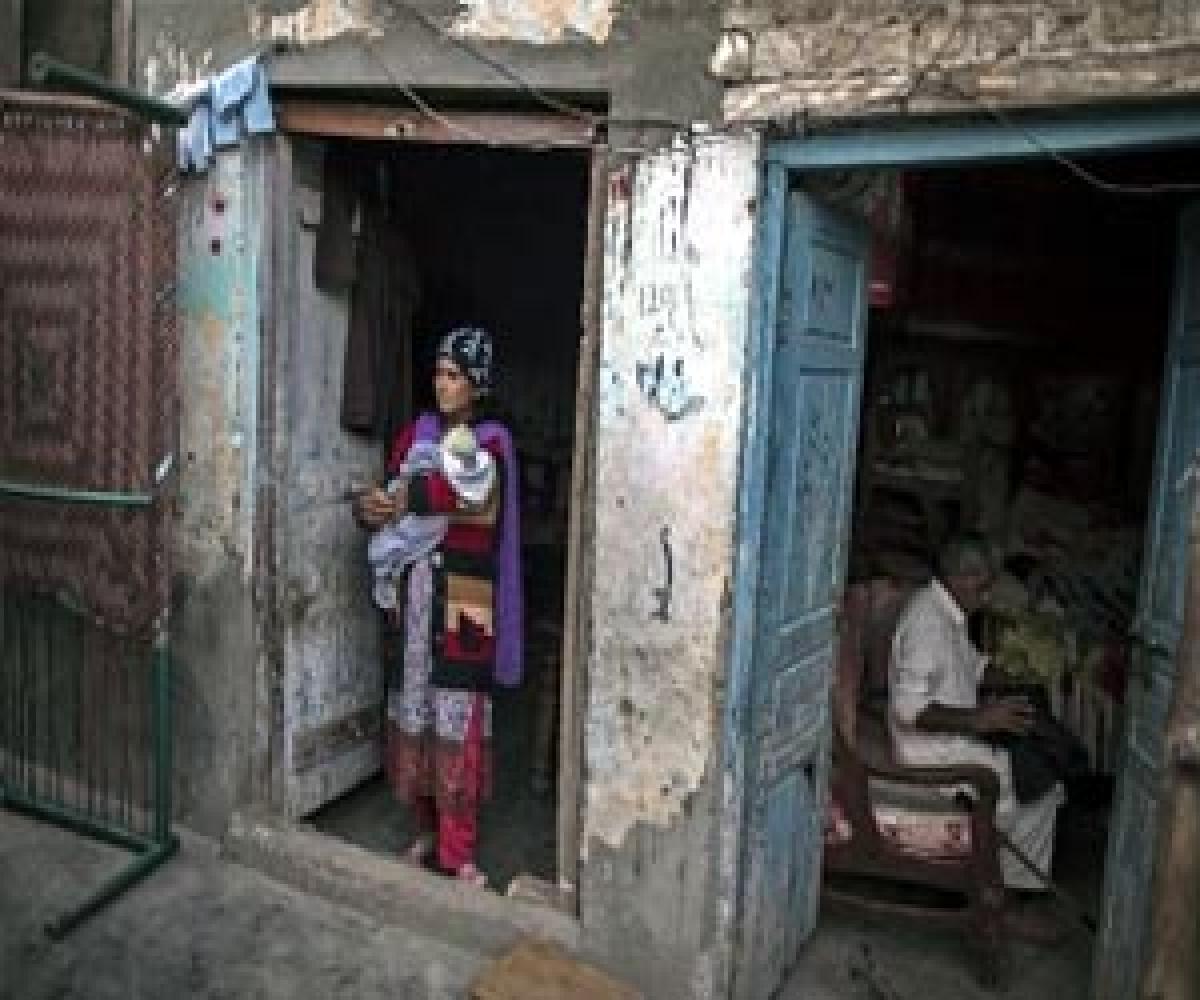Live
- US accounts for 18 per cent of Indian exports in FY24
- Will end Naxalism in Chhattisgarh by March 2026: Amit Shah
- Will gift one project daily to people during Jan Kalyan Parv
- Mahakumbh & the Politics of Sanatan Nationalism
- A Soulful Celebration of Global Music
- Brahmin Community delegation felicitates CM Saini
- Allu Arjun Visits Chiranjeevi’s House for Lunch Meet
- Toyota organising TG Grameena Mahotsav
- Special rituals conducted at Maramma Temple
- Siddaramaiah has special love for Muslims: BJP
Just In

A World Bank inter-agency group report has revealed that the infant mortality rate (IMR) in Pakistan is nearly double that of India`s and indicated that Islamabad`s slide in an important social index is due to falling investments in the healthcare sector.
Islamabad/Srinagar : A World Bank inter-agency group report has revealed that the infant mortality rate (IMR) in Pakistan is nearly double that of India`s and indicated that Islamabad`s slide in an important social index is due to falling investments in the healthcare sector.
According to the World Bank report, Pakistan ranks towards the bottom among countries in the world when it comes to infant and neonatal mortality.
The report developed by the UN Inter-agency Group for Child Mortality Estimation - UNICEF, WHO and World Bank, says 66 infants died for every 1000 births in 2015 in Pakistan.
This trend has been visible for the past several years with a marginal difference in percentages.
Dr. Rehmat Beg of the Government Hospital in Karachi, said, "The economic situation in our country is not good, so, it becomes very difficult for the government to provide adequate medical facilities as compared to other countries. We are backward in facilitating medical aid. The basic health care facility is quite unstable now."
Some residents blame corruption in the government to be responsible for the failure in dealing with the cause.
Zahida Begum, a resident of Karachi, said, "Who is responsible? They are all corrupt. They all run their private clinics and sell medicines. They don`t provide medicines to the poor and needy."
The mortality rates among children are often seen as a proxy for the level of social development in a country, since they reflect the level of nutrition, parents` education, and access to health services.
The lack of clean water and sanitation facilities in Pakistan stands out as one of the biggest impediments to reducing child mortality.
In India, improving health services and better sanitation facilities have led to a significant decline in infant mortality rate.
The number of babies who die before their first birthday for every 1,000live births has improved from 44 in 2011 to 38 in 2015.
In many states across India, the infant fertility rate has seen significant improvement because of proactive steps taken by the government.
Saleem-ur-Rahman,Director, Health, Jammu and Kashmir, said, "Be it infant mortality rate, maternal mortality ratio, birth rate or death rate in the country  all have seen an immense improvement. The reason is that the government of India is very proactive as they have launched many programmes and upgraded many others. There are many programmes child survival, save motherhood, then RCH, RCH1 and RCH2 were introduced. Later NRHM (National Rural Health Mission) was introduced. Now, NHM is continuing. So, it`s a support and funding from the government of India which made us to upgrade the healthcare delivery system, which is pan-India. It helped us to put focus and identify the gaps. The gaps have been identified and were addressed."
Several countries in Africa like Ethiopia, Ghana and even Afghanistan have better infant mortality rates than Pakistan.
Given the facts mentioned in the World Bank report, it appears that Islamabad has a non-serious approach to the issue of infant mortality, and needs to wake up to deal with it promptly.

© 2024 Hyderabad Media House Limited/The Hans India. All rights reserved. Powered by hocalwire.com







